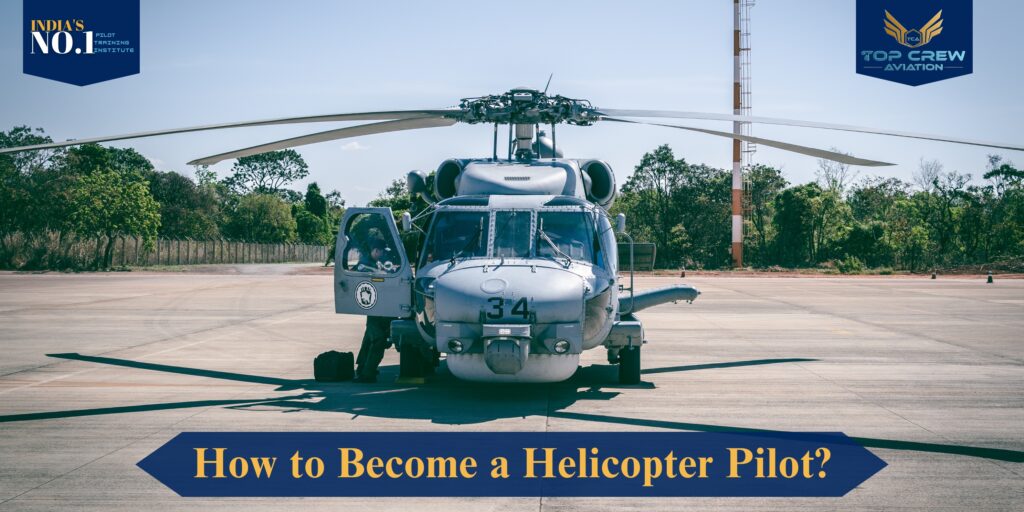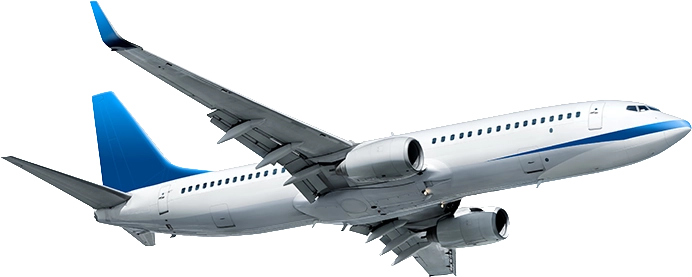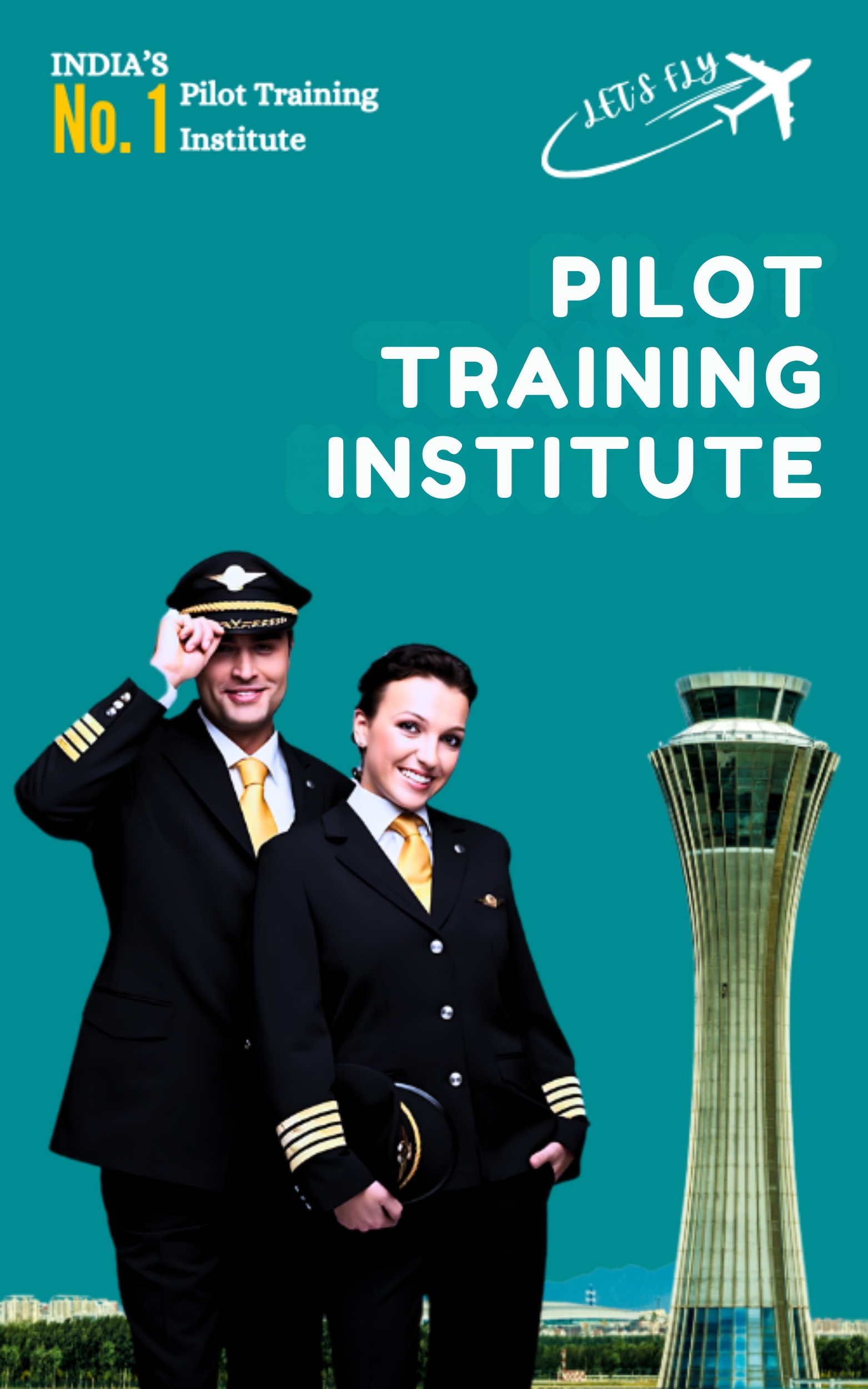How to Become a Helicopter Pilot?
Introduction
Becoming a helicopter pilot is an exciting and rewarding career path. Helicopter pilots play vital roles in many industries, from rescue operations and military missions to tourism and private charters. The job offers adventure, responsibility, and the chance to make a real impact. With the growing demand for skilled pilots worldwide, now is a great time to pursue this profession. This blog will guide you through the essential steps—from meeting basic requirements to earning your license and exploring career opportunities in the helicopter aviation field.
Understand the Role of a Helicopter Pilot
A helicopter pilot is someone who flies a helicopter. Flying might seem exciting—and it is—but the job also involves a lot of responsibility. The pilot’s main duty is to keep every flight safe, from when it takes off to when it lands.
What a Helicopter Pilot Does
A helicopter pilot flies people or goods from one place to another. Before the flight, the pilot carefully plans the route. They check the weather and make sure the path is safe.
During the flight, they stay in touch with air traffic control. This helps them follow the right path and avoid other aircraft.
After landing, the pilot inspects the helicopter to ensure everything works well.
Sometimes, pilots fly in emergencies. They might rescue people from floods, accidents, or fires. They also fly patients to hospitals when every second counts.
Where Helicopter Pilots Work
- Tourism: Helicopter Pilots take people on tours over mountains, beaches, and cities to enjoy beautiful views from the sky.
- Rescue Services: Helicopter Pilots help during natural disasters and accidents by reaching places other vehicles can’t go.
- Defence (Army, Navy, Air Force): Helicopter Pilots fly important missions to protect the country and support soldiers.
- Private Charters: Helicopter Pilots fly business people, celebrities, or VIPs to different locations quickly and safely.
- News and Media: Helicopter Pilots fly over roads and events so reporters can give live updates from the air.
Skills a Helicopter Pilot Needs
- Strong focus and quick thinking: Helicopter Pilots must stay alert and act fast if something goes wrong.
- Good hand control and sharp eyes: Helicopter Pilots need to handle the helicopter smoothly and watch for any signs of trouble.
- Basic knowledge of machines: Helicopter Pilots must understand how the helicopter works and notice any technical problems.
- Calm and confident attitude: Helicopter Pilots must stay cool and make smart choices, even under pressure.
- Clear communication: Helicopter Pilots must talk clearly with the ground team and air traffic control to avoid mistakes.
Eligibility and Basic Requirements to Become a Helicopter Pilot
Before learning to fly a helicopter, you must meet some basic requirements. These rules help ensure you are ready for the physical and learning challenges of flying.
- Age Requirement: You must be at least 17 years old to start pilot training. This is the minimum age allowed by most flying schools and aviation authorities.
- Education Requirement: You should have completed your 10+2 (high school) with Physics and Mathematics as subjects. These subjects help you understand how helicopters work and prepare you for the lessons you will learn on the ground before flying.
- Medical Fitness: Flying a helicopter needs both a healthy body and a sharp mind. You must have good eyesight and no serious health problems, and pass a medical test conducted by a certified aviation doctor. This checkup ensures your body is fit for flying and you can handle the stress of being in the air.
- Language Skills: You must know English well in many countries, like India and the USA You should be able to read, write, and speak English. This is very important because most flight instructions and communication with air traffic control are in English.
You must meet these main requirements before joining a helicopter flying school. Once you qualify, you can start your training and work towards getting your helicopter pilot license.
Choosing the Right Helicopter Pilot License
Selecting the appropriate license to become a helicopter pilot depends on your career goals. There are two main types of helicopter pilot licenses, each serving distinct purposes.
Private Pilot License – Helicopter (PPL-H)
- Purpose: Fly helicopters for personal enjoyment.
- Limitations: You cannot earn money or take paid flying jobs.
- Ideal For: Hobbyists, personal travel, or flying with friends and family.
- Training: Shorter duration and lower cost compared to a commercial license.
- Skills: Covers essential flying skills at a foundational level.
Commercial Pilot License – Helicopter (CPL-H)
- Purpose: Work as a professional helicopter pilot.
- Opportunities: Earn income through jobs in tourism, rescue services, business charters, or government missions.
- Training: More flight hours, in-depth study, and higher costs than PPL-H are required.
- Skills: Provides advanced knowledge of helicopter operations and safety.
Required Flying Hours
To earn a pilot license, you must log a minimum number of flight hours:
- Private Pilot License (PPL-H): At least 40 hours of flight time.
- Commercial Pilot License (CPL-H): Approximately 150–200 hours, as commercial pilots require more experience for professional roles.
Which License to Choose?
- Select PPL-H: If you want to fly for fun, personal travel, or as a hobby.
- Select CPL-H: If you aim to pursue a professional flying career and earn a living.
Deciding early is key, as your choice impacts training duration, costs, and future career paths.
Enroll in a Certified Helicopter Flying School
Once you meet the basic requirements like age, education, and medical fitness, your next step is to join a certified helicopter flying school. This is where you will learn how to fly, understand helicopter systems, and practice in real and safe conditions.
What is a Certified Flying School?
A certified helicopter flying school is a special training centre with official approval from the government’s aviation department. In India, flying schools must be approved by the DGCA (Directorate General of Civil Aviation).
These schools follow strict safety rules and teach students according to the government’s flying standards. They make sure you get the correct knowledge and safe flying practice.
What Should You Look for in a Good Flying School?
Before you join any school, take time to check a few important things:
- Does the school have experienced instructors who teach clearly?
- Are the helicopters modern and well-maintained for safe flying practice?
- Does the school have classrooms and simulators to help you learn theory and practical flying?
- Do former students give good reviews about the training, teachers, and flying experience?
Choosing the right helicopter flying school can save you time, money, and effort in the long run.
How Long Does the Training Take?
The length of your training depends on:
- The type of license you choose (Private or Commercial)
- Your learning speed and availability
- If you go for a Private Pilot License (PPL-H), the course may take 6 to 12 months.
- For a Commercial Pilot License (CPL-H), it may take 1 to 2 years, as this course has more lessons and flying hours.
How Much Does It Cost?
Helicopter pilot training in India is a big investment. The total cost usually ranges from ₹15 lakh to ₹65 lakh or more.
The cost depends on:
- The type of license (PPL-H or CPL-H)
- The number of flying hours required
- The location of the school
- The quality of training and facilities
It’s important to compare different schools and understand what they offer in terms of price.
Why Choosing the Right Flying School Matters
Joining a good flying school is the foundation of your pilot career. A well-chosen school will:
- Teach you how to fly the right way
- Help you become a confident and skilled pilot
- Give you a better chance of getting a job after training
So take your time, research, visit schools if possible, and choose the one that fits your goals, budget, and learning style.
Complete Ground School and Flight Training
When you enrol in a flight school, your training consists of two key components: ground school and flight training. Both are important to becoming a skilled and safe helicopter pilot.
What is Ground School?
Ground school is the classroom-based portion of your training. It focuses on the theory of flying, equipping you with the knowledge needed to make safe decisions in the air. You won’t fly helicopters during this phase, but you’ll build a strong foundation.
Key Subjects in Ground School:
- Navigation: Learn to use maps and tools to guide your flight path.
- Weather: Understand how conditions like wind, rain, or fog impact flying.
- Air Laws: Study the rules and safety regulations pilots must follow.
- Helicopter Systems: Explore how the engine, rotors, fuel system, and other components function.
The ground school provides the critical knowledge you need before taking a flight.
What is Flight Training?
Flight training is the hands-on part of your program, where you learn to operate a helicopter. It includes two methods:
- Simulators: These machines mimic a real helicopter, allowing you to practice flying in a safe, controlled environment.
- Real Helicopters: You fly an actual helicopter alongside an instructor who guides you step-by-step.
Training begins with basic skills and progresses to advanced techniques.
Skills Learned in Flight Training
During flight lessons, you will master:
- Safe takeoffs and landings.
- Controlling the helicopter in flight.
- Communicating with air traffic control.
- Managing emergencies calmly and effectively.
Why do Both Components Matter?
Ground school provides theoretical knowledge, while flight training builds practical experience. Together, they prepare you to fly confidently, pass licensing exams, and launch your career as a helicopter pilot.
Pass the Required Exams and Checks
After completing ground school and flight training, you must pass some important exams. These tests check if you are truly ready to fly a helicopter. They are designed to ensure you have the right skills, knowledge, and confidence to fly safely.
What Tests Do You Need to Pass?
Written Exams
You will take written exams that test what you learned during ground school. These questions check your understanding of:
- Navigation – how to use maps and instruments to fly
- Weather – how weather conditions can affect flying
- Air laws – rules and safety guidelines pilots must follow
- Helicopter systems – how different parts of a helicopter work
You need to study carefully and understand the subjects clearly to do well. These exams help prove you can make smart and safe flying decisions.
Flight Test (also called a Check Ride)
Once you pass the written exams, you will take a flight test with an official examiner. This examiner is from the DGCA (Directorate General of Civil Aviation) in India. In the USA, it would be from the FAA.
During the flight test, you will:
- Fly a real helicopter with the examiner beside you.
- Show how you take off, fly, and land safely.
- Demonstrate how you handle normal and emergency situations
- Follow instructions and fly with control and confidence
This test proves that you can operate a helicopter without an instructor.
Logbook Submission
Throughout your training, you must maintain a logbook. This is a record of all your flying hours, both in simulators and real helicopters. Your instructor signs this logbook after each flight.



